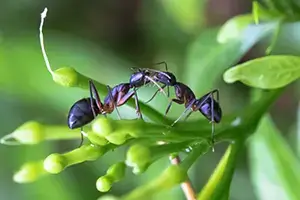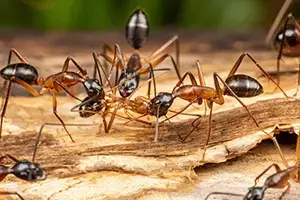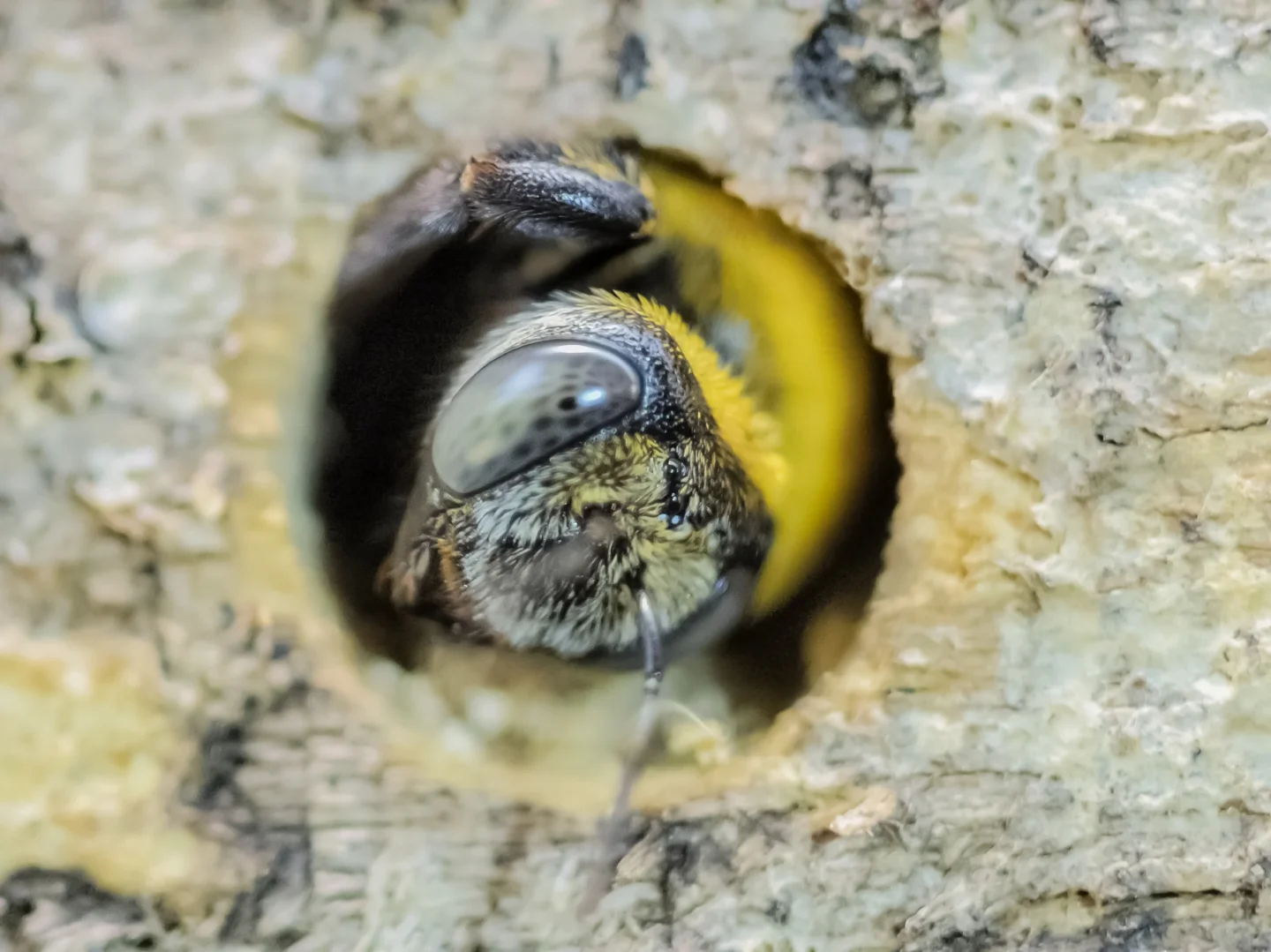
Carpenter ants may not be as iconic as their buzzing counterparts, the bees, or as feared as their distant relatives, the termites, but these industrious insects hold their own unique charm and significance in the realm of ecology and pest management in Alton, IL. Often seen as nuisances due to their habit of damaging wooden structures, these ants possess a complex and intriguing set of characteristics. Let’s delve into their world and uncover five fascinating facts about carpenter ants.
Masters of Construction
Carpenter ants are renowned for their remarkable carpentry skills. Unlike termites that consume wood for sustenance, carpenter ants excavate galleries within wooden structures to create their nests. These galleries can weaken the integrity of the wood, causing structural damage to buildings if left unchecked. However, their architectural prowess is undeniably impressive. They meticulously hollow out passages and chambers within the wood, creating intricate networks to accommodate their colonies.
Size of Carpenter Ants
These ants are not your average tiny pests. Carpenter ants are among the largest ant species, with major workers measuring up to half an inch in length. Their size, coupled with their robust mandibles, enables them to carve through wood with relative ease. However, it’s essential to note that not all carpenter ants are large; colonies consist of different castes, with smaller workers responsible for tasks such as foraging and caring for the brood.
Nomadic Nests
Unlike many ant species that establish permanent nests in Alton, IL, carpenter ants exhibit a nomadic behavior, relocating their colonies frequently. This behavior serves multiple purposes, including avoiding predators, exploiting new food sources, and adapting to changing environmental conditions. Their ability to adapt and thrive in various habitats contributes to their widespread distribution across temperate and tropical regions worldwide.
Ecological Role
While they may pose challenges in urban environments, carpenter ants play crucial ecological roles in forest ecosystems. As decomposers, they contribute to the breakdown of dead wood, aiding in nutrient recycling and soil enrichment. Additionally, they serve as prey for numerous predators, including birds, mammals, and other insects, thus forming an integral part of food webs in their respective habitats.

Complex Social Structure
Carpenter ant colonies exhibit sophisticated social structures, reminiscent of their close relatives, the bees, and wasps. Each colony comprises a queen, whose primary role is reproduction, along with workers and sometimes soldiers. The division of labor among colony members ensures the smooth functioning of the nest, with individuals performing tasks such as foraging, caring for the brood, and defending the colony against threats.
If you have a carpenter ant infestation and need help getting rid of these pests in your Alton, IL home, contact American Termite & Pest Control today.





